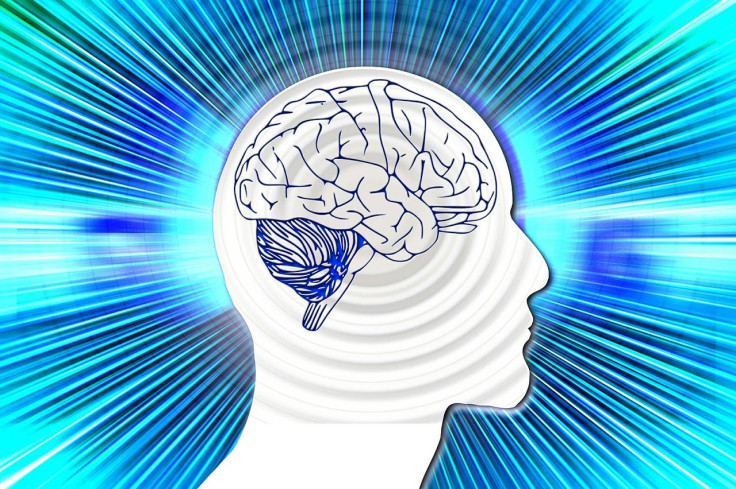A New, Non-Invasive Brain Scan Will Help Us Learn More About How Alzheimer's, Dementia, And Brain Tumors Work

Though we have found many ways to manipulate or explore people’s brains, from using a mini 3D camera for surgery to inserting a chip that allows people to control a computer with their thoughts, we are still a long way away from unlocking every secret that the brain contains. However, researchers from the University of Washington have created a way to see inside the brain without making an incision or removing a part of skull, which will allow us to better understand how some brain diseases work.
The new tool uses a non-invasive, light-based imaging technology to see inside the brain, and can be used to study how diseases like Alzheimer’s, dementia, and brain tumors change brain tissue. The work, published in the Journal of Biomedical Optics, was completed by the University of Washington’s Woo June Choi and Ruikang Wang.
"The paper shows significantly enhanced imaging depth using a noninvasive laser-enabled technique for deep tissue imaging. In the brain, the imaging depth is almost doubled," said journal editorial board member Martin Leahy, of the National University of Ireland, Galway, in a press release. "The authors demonstrate for the first time an application in which this capability opens up a whole new window into the live intact hippocampus for discovery in brain research."
The researchers used a new experimental approach called optical coherence tomography (OCT) to obtain subsurface images of biological tissue at about the same resolution as a low-power microscope. With OCT, researchers will be able to examine different acute and chronic vascular changes in the deep brain. Using a swept-source OCT to scan deeper and faster and a vertical-cavity surface-emitting laser (VCSEL) for a more efficient scan, the researchers were able to get better cross-section images of layers of tissue without invasive surgery or ionizing radiation. This allowed them to monitor changes in the brains of mice as Alzheimer’s and dementia developed — they were even able to study how the brain aged.
Though OCT cameras have been used for at least 20 years, their images become blurry and unusable after a depth of 1 millimeter. OCT imaging has been used to study the neural activity, structure, and blood flow in the cerebral cortex of mice, but this latest development will allow scientists to image deeper tissues like the hippocampus, further unlocking the secrets of the brain.
This combination of a swept-source OCT powered by the VCSEL will be able to provide doctors with better insight on a patient’s brain and the hippocampus. A shrinking hippocampus is one of the earliest signs of Alzheimer’s, which affects 5.3 million Americans, destroying memory and other important mental functions.
Source: Choi, W. Wang, R. Swept-source optical coherence tomography powered by a 1.3-μm vertical cavity surface emitting laser enables 2.3-mm-deep brain imaging in mice in vivo . Journal of Biomedical Optics. 2015.



























